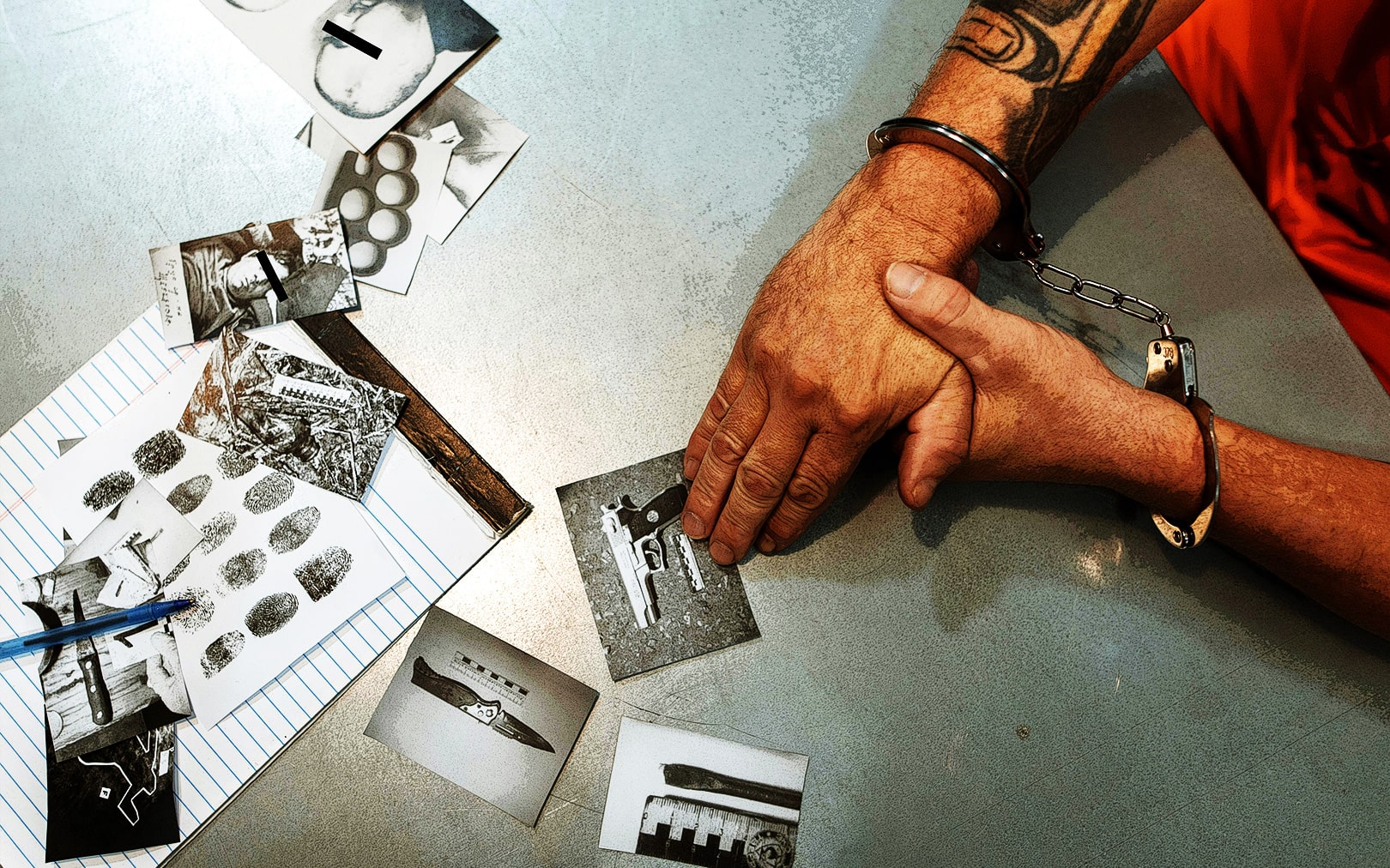Conventional Police Interrogation Training

The Most Popular Police Interrogation Technique
For decades, a confrontational interrogation method—often rebranded but fundamentally unchanged—has dominated U.S. law enforcement training. This technique begins with a presumption of guilt, employs flawed lie detection tactics, and uses psychologically coercive strategies like presenting false evidence and minimizing the offense. Despite mounting evidence linking it to false confessions and wrongful convictions, it remains widely taught and practiced today.

Deception Detection: How To Spot A Liar
Some police training firms have made a fortune promising they can turn you into a human lie detector. The only problem? The techniques they’re teaching are junk—unscientific, unreliable, and often just plain hocus pocus.

False Evidence
For years, cops have been taught to claim they have fake evidence—like bogus DNA results or imaginary eyewitnesses—to pressure suspects into confessing. What they weren’t taught? That using the false evidence ploy can lead directly to false confessions and wrongful convictions.

Themes, Maximization, and Minimization
For decades, police have been trained to use “themes,” minimization, and maximization to extract confessions. Themes offer suspects face-saving excuses, minimization downplays the offense, and maximization exaggerates consequences—all tactics that can pressure even innocent people into confessing.